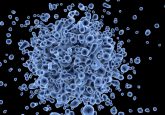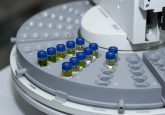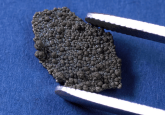How can nanotechnology be applied to sensors for breath analysis?

Abstract Nanostructured materials offer remarkably enhanced material properties and in particular hold great potential for fundamental advances in nanosensors [1–4]. Much attention has been paid to facile synthesis of nanostructured materials which possess a large specific surface area and high porosity, as well as intriguing material properties including excellent electronic or ionic charge transport characteristics. Nanosized sensors offer several advantages such as high miniaturization, low-cost production, low-power consumption and high-portability that make them more attractive for simple diagnosis on a daily basis. As well-reputed nanofabrication methods, hydrothermal synthesis of functional nanomaterials [5], vapor-liquid-solid epitaxial growth of various nanowires [6], printing/nanoimprinting...






